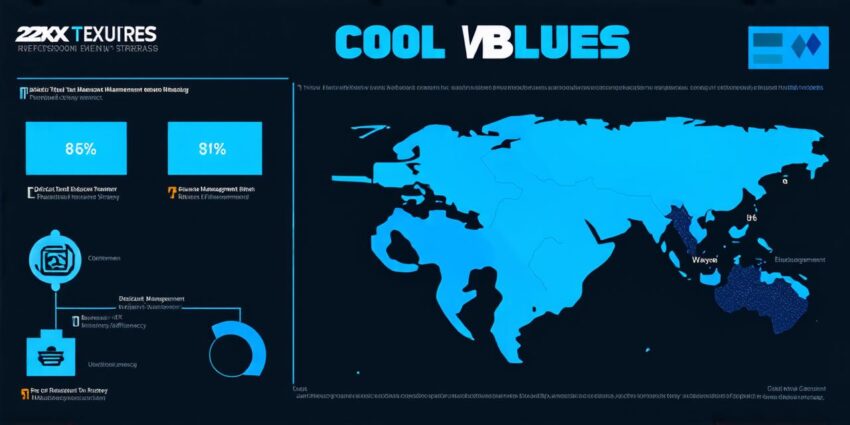Functional Matrix Approach
The functional matrix approach is a hierarchical model that breaks down projects into smaller, manageable parts based on functions such as marketing, finance, engineering, and human resources. Each function has a dedicated team that works together to achieve project goals. The team members report directly to their functional managers while also collaborating with other teams across the organization.
One of the main advantages of this approach is that it allows for efficient communication and collaboration between departments. Each department brings its own unique expertise to the table, which can lead to better decision-making and problem-solving. Additionally, this approach can be useful for organizations with a large number of projects or those with complex project requirements.
However, one of the main challenges of this approach is that it can be difficult to manage conflicting priorities between departments. Since each department has its own goals and objectives, there may be instances where these goals conflict with those of other departments. This can lead to delays, communication breakdowns, and ultimately, project failure.
Another challenge of the functional matrix approach is that it can be difficult to foster a sense of teamwork and collaboration among team members. Since each team member reports directly to their functional manager, there may be a lack of cross-functional collaboration and coordination, which can lead to inefficiencies and duplication of effort.

Dedicated Team Approach
The dedicated team approach is a more collaborative model that brings together a group of individuals with diverse skills and expertise to work on a specific project. These team members are selected based on their experience and qualifications, as well as their ability to work effectively with others. The team works together to achieve project goals and reports directly to the project manager.
One of the main advantages of this approach is that it allows for greater flexibility and adaptability in response to changing project requirements. Since the team members are handpicked for their skills and experience, they are able to quickly adjust to new challenges and changes as they arise. Additionally, this approach can foster a sense of camaraderie and collaboration among team members, which can lead to better communication and problem-solving.
However, one of the main challenges of this approach is that it requires careful selection and management of team members. Since the success of the project relies on the skills and expertise of the team members, it is important to ensure that each member has the necessary experience and qualifications to contribute to the project’s success. Additionally, this approach can be more expensive than other models, since it requires a dedicated group of individuals with specialized skills.
FAQs
Q: What are the main differences between the functional matrix and dedicated team approaches?
A: The main difference between these two approaches is that the functional matrix approach breaks down projects into smaller, manageable parts based on functions, while the dedicated team approach brings together a group of individuals with diverse skills to work on a specific project.
Q: Which approach is better for organizations with a large number of projects?
A: The functional matrix approach can be useful for organizations with a large number of projects or those with complex project requirements.
Q: What are the main challenges of the functional matrix approach?
A: One of the main challenges of this approach is that it can be difficult to manage conflicting priorities between departments, and foster a sense of teamwork and collaboration among team members.
Q: What are the main advantages of the dedicated team approach?
A: The main advantage of this approach is that it allows for greater flexibility and adaptability in response to changing project requirements, as well as fostering a sense of camaraderie and collaboration among team members.
